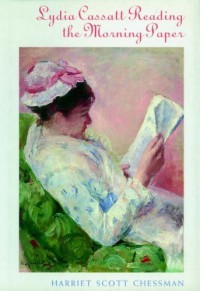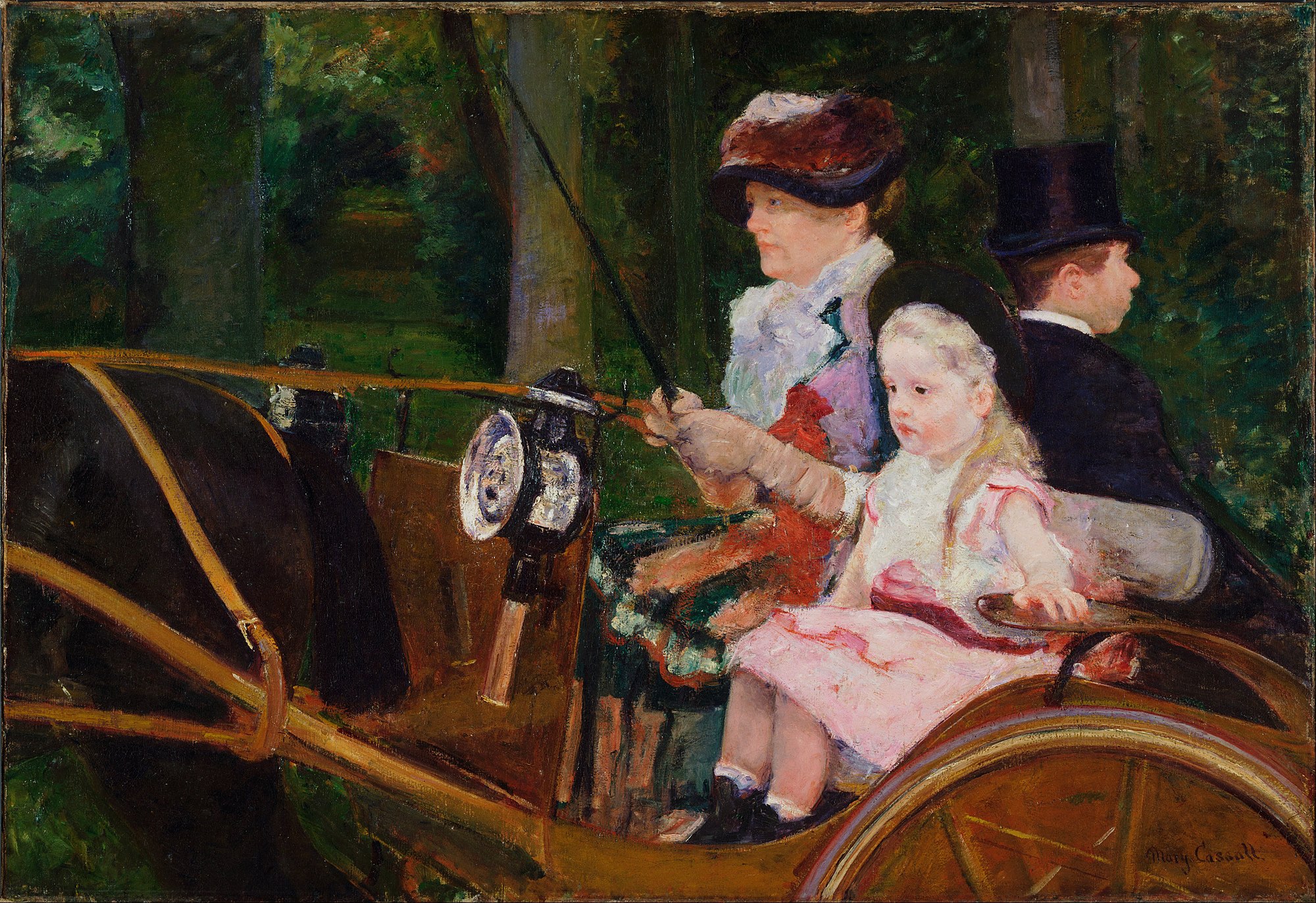

This richly imagined fiction entices us into the world of Mary Cassatt’s early Impressionist paintings. The story is told by Mary’s sister Lydia, as she poses for five of her sister’s most unusual paintings, which are reproduced in, and form the focal point of each chapter. Ill with Bright’s disease and conscious of her approaching death, Lydia contemplates her world with courageous openness, and asks important questions about love and art’s capacity to remember.
Goodreads.com
Lydia Cassatt, the forty-one year old sister and muse of 19th century Impressionist painter Mary Cassatt, is dying of Bright's Disease, a form of kidney disease, the same illness that took poet Emily Dickinson. While the American sisters are living in Paris, France, Mary (whom Lydia calls "May") asks her sister to sit for five paintings, each chapter of this novella dedicating itself to one of the five featured works. The story, told in Lydia's voice, imagines the conversations during those sittings, what inspired the paintings themselves, and also Lydia's own internal thoughts on such subjects as mortality, lost love, missed opportunities, and the idea of lasting legacies. Lydia finds herself quite moved by the paintings because they capture a healthier vision of her. It pleases her that this will be the way her life will be remembered for future generations, but this novella hints that in some of the paintings, Mary Cassatt may have actually snuck in some harder truths of the real Lydia's struggles, such as with "Woman and Child Driving" and "Lydia Crocheting In The Garden" (my personal favorite of the five featured).
I see this painting, suddenly, as a message from May to me. I know you're on a journey, the painting says, to another, darker place. And even though you betray me by leaving, I grant you companions -- a child; a groom -- to accompany you when I cannot follow. I cannot make your journey joyous, but I promise to at least record your passage.

Lydia thinks on specific moments or experiences that the average person takes for granted in the course of one's life that she sees as missed opportunities for herself because of Bright's Disease. She also reminisces about a once almost-lover lost to the Civil War, and shares with the reader her suspicions regarding the friendship between her sister Mary and Mary's friend / mentor, fellow established artist Edgar Degas, who, in this novel, is just starting to experiment with the ballet paintings that would later become one of the signature themes of his works. Degas is actually featured as one of the primary characters in author Harriet Chessman's scenes, and she illustrates him in a way that may surprise many readers.
This little book includes full color glossy inserts of each of the five paintings, reminding me of that "pretty, but something off" feeling I get whenever I see Cassatt's work. Then I ran across a line that maybe finally put into words the sensation I was struggling to pinpoint: a scene where Phillipe Bunty is commenting on Cassatt's painting style as "aspiring to the partially completed image". Okay, maybe a bit harsh with that wording, but truthfully, I think that was pretty much what my own impressions were leaning toward... that "something off" quality I seemed to feel being more along the lines of "something unfinished".
But that isn't really the focus of this particular story. No, this is all about Lydia and her journey of pondering on her life, reaching for peace and closure as she reluctantly approaches the end of it. Poetically served up, this is a lovely if bittersweet glimpse into the humanity that inspires the art. Lydia, as Cressman imagines her, touches upon thoughts that I dare to say will prove pretty universal and moving among most readers. Definitely recommended for classic art lovers or those who just enjoy a nice, quiet, contemplative novel on a slow, soft kind of day.










